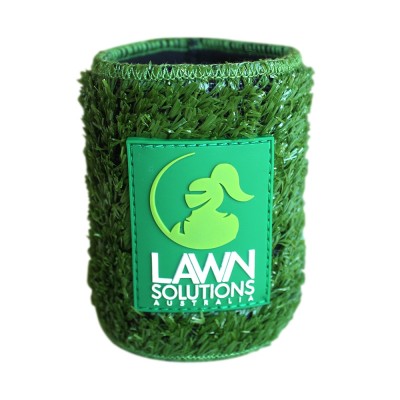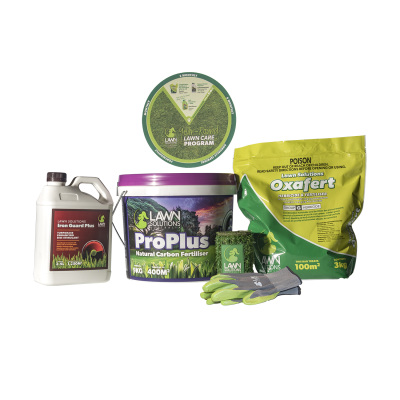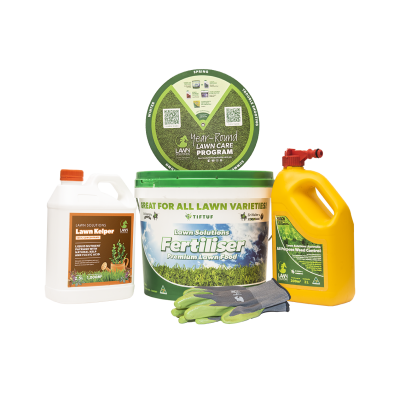DIRECT TURF IN THE HAWKESBURY
In the Hawkesbury region of NSW, two major challenges for turf farming include locating flood-free land with sufficient water supply and cultivating turf within Development Approval criteria. In this area, one cannot simply purchase any parcel of land and convert it into a turf farm due to soil type restrictions or lack of access to ample water resources.
When Direct Turf was seeking turf production land, considerable research and investigation were involved in determining which conditions would meet their criteria. The land they found where they currently reside, has been used for intensive agriculture since 1965, and the property has access to permitted water from the Hawkesbury River.
Clearing and preparing the site for acquisition was relatively straightforward as the land was already 90% cleared due to previous farming activities. However, the higher parts of the farm presented challenges with rocky terrain and drainage issues. Direct Turf dedicated three months to excavation, rock breaking, and the removal of floating rocks. Additionally, they installed four kilometres of agricultural drainage lines, which were then covered with aggregate.

The next stage of the project involved irrigation planning and pumping. To address the undulating nature of the paddocks and prevent erosion and runoff, Direct Turf installed a fully automated irrigation system designed to micro-irrigate the soil profile and turfgrass efficiently. The system comprises 22 stations, each approximately 220 metres long and spaced 18 metres apart. Powered by a submersible pump with a capacity of 30kva, it delivers 26 litres per second, allowing for the operation of 24-26 Rainbird pop-up sprinklers, each delivering 1 litre per second. Additionally, the pump features an automated self-cleaning system on the foot valve to remove debris and sand.
1.2 kilometres of mainline were installed, 10 kilometres of poly pipe of pop-ups and 1.2 kilometres of electric cable to control solenoids for water flow coupled to a rainbird controller link by WIFI to your mobile phone. Having this system allows the farm to be completely watered within 5 hours.
When planning the varieties of turf to plant, Direct Turf faced a challenging decision. They worked diligently with Lawn Solutions Australia to gain a comprehensive understanding of the 20-year plan and the ongoing research and development aimed at introducing new turfgrasses to the market.

Drawing from their previous sales history, Direct Turf was able to estimate the appropriate quantities of each variety to plant. Direct Turf eagerly anticipates future innovation in turf, especially with a new buffalo variety currently undergoing trials by Lawn Solutions Australia and other members of the industry.
In the planting and infrastructure phase, Direct Turf embarked on a rigorous process. They sprayed and worked the soil for 12 months, ensuring optimal conditions. Once satisfied with the outcome, all areas underwent fumigation to prevent further germination of weed and grass seeds. At this stage, AusGAP, an organisation ensuring quality standards in turfgrass production, conducted on-site inspections and issued a certificate, enabling Direct Turf to proceed with planting.
Direct Turf utilised a Sammut multi-row planter for the planting process, initially focusing on one variety. They planted 400m2 of each variety per hectare. During planting, three individuals operated the row planter, while another person managed the roller and sprayed pre-emergent herbicide. Following planting, Direct Turf monitored moisture levels closely through their irrigation system to ensure optimal turfgrass establishment.

During the growing phase of the turf, Direct Turf diligently monitors the nutrient content in the soil and supplements as needed to promote robust root development and lush leaf growth. This period can often be quite stressful, as various factors such as heat, humidity, sunlight, and rainfall need to align perfectly.
In the case of the Zoysia Australis and Sir Walter DNA Certified Buffalo varieties, both were harvested approximately five months after planting. They were planted on the 10th of November 2023, and the first 100 rolls were harvested on the 31st of March 2024.
Throughout the process, Direct Turf encountered several challenges. Heavy rain led to significant erosion, while the unexpected volume of rocks required extensive rock-breaking efforts. Establishing roadways to navigate between the top and bottom paddocks and maintaining effective communication with all relevant parties were paramount.

Of the total land area, 22 hectares were earmarked for the project, with 17 hectares designated for turf production. Implementing flood-proofing measures was crucial for business continuity. While this property is 70% flood-free, it represents a substantial but necessary investment to safeguard against potential devastation caused by floodwaters. This contrasts with Direct Turf’s other farm in Windsor, situated in a floodplain, which has endured three floods in as many years, resulting in significant damage and disruption to operations.


